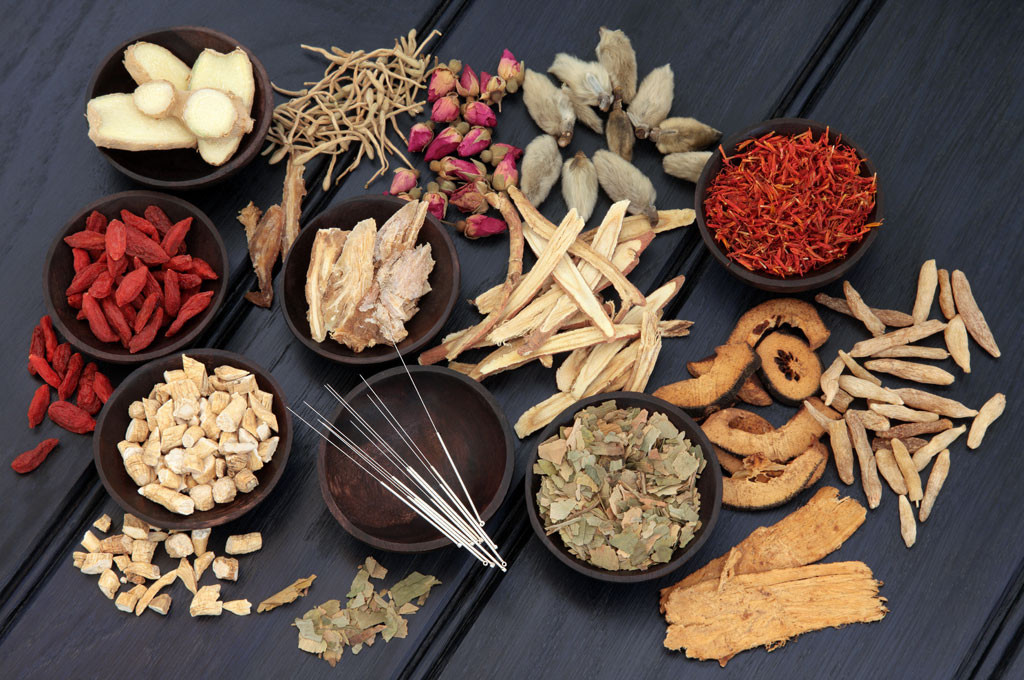
Chinese Herbal Medicine can be read back as far as 5000 years. It has since been developed and refined as more and more clinical applications are tested and researched. The profound nature of research in the modern era has allowed for a platform of results that demonstrate the benefits of Chinese Herbal Medicine.
Chinese Herbs are dispensed to a patient based on their ‘pattern of disharmony’ or disease/disorder state. Usually a persons signs and symptoms will determine the nature of their pattern and thus the appropriate formula is created to address that pattern.
It is often the case that people with similar symptoms will be given different formulas because their patterns of disharmony (or cause of disease) are different. Or in other cases, patients with very different complaints can be given the same formula because their pattern of disharmony is the same, it is just that it is constitutionally affecting them differently.
In Australia, the practice of Chinese Herbs is governed by the TGA (Therapeutic Goods Act) which denotes that no product derived from endangered species may be used. There are over 450 herbs derived from plants available and some are as common as you would find in your kitchen. Ginger, Cinnamon and Peppermint through to delicious flowers like Rose buds, Chrysanthemum and Peony. Others you may be familiar with like Dang Gui (Sometimes known as Dong Kwai) or Ren Shen (known as Ginseng) and further still, some amazing herbs like Chai Hu (Bupleurum) and Huang Qi (Astragalus).
 All our practitioners are Ahrpa registered Acupuncturists
All our practitioners are Ahrpa registered Acupuncturists